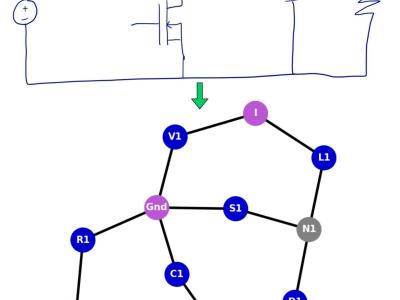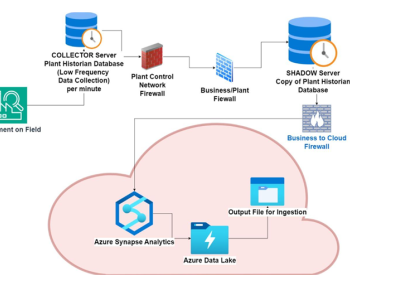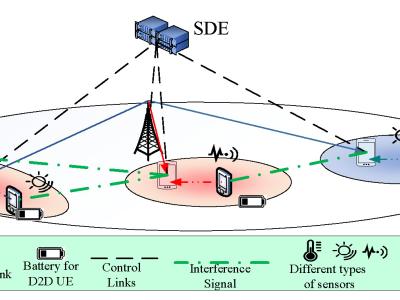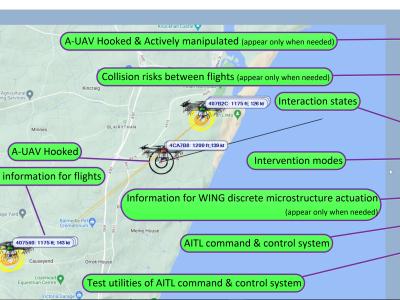
CT RECIST response, as measured by the change of tumor diameter, can accurately reflect objective response rate for advanced NSCLC patients. However, there exists obvious discordant between CT RECIST response and prognostic indicators. Thus, our study aimed to identify a new CT RECIST response indicator at the early treatment stage to reflect the prognosis more accurately.We studied 916 tumor lesions obtained through deep learning and found that the shape of the lesions was irregular.
- Categories:





